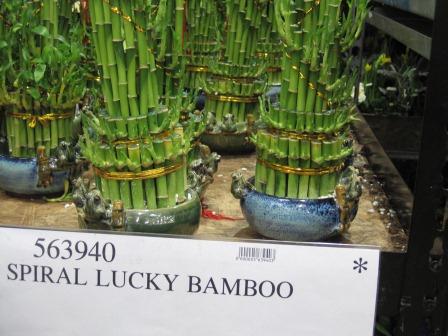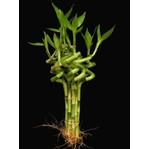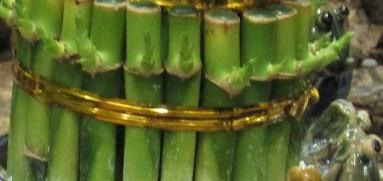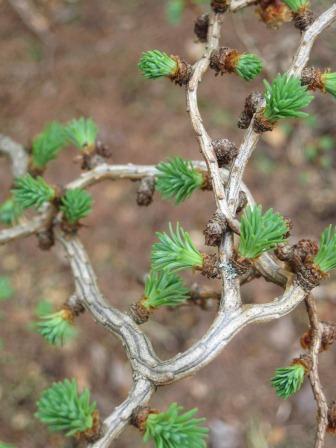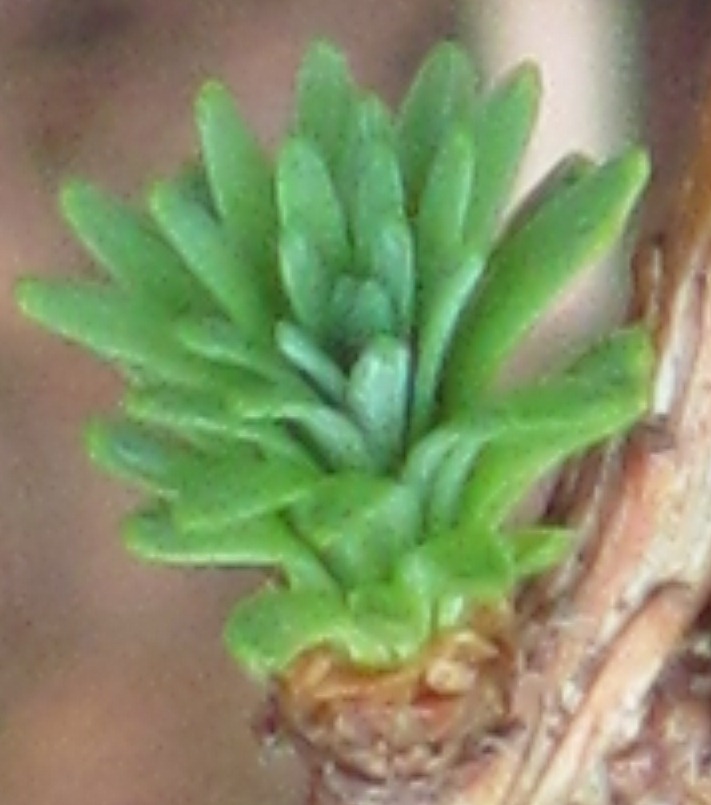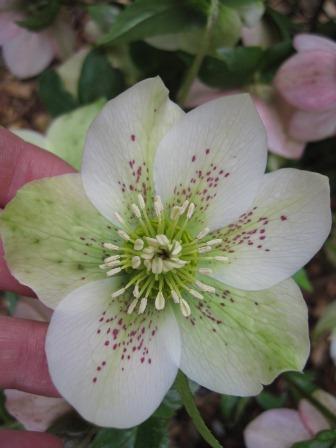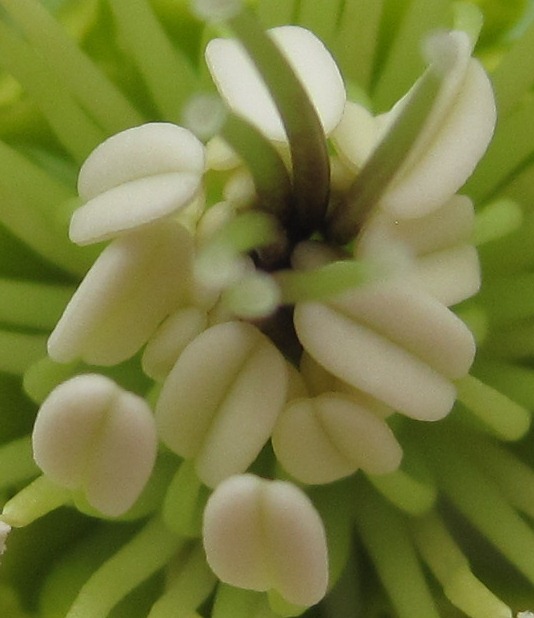Reader Ginny Stibolt passed this one on to mull over the weekend:
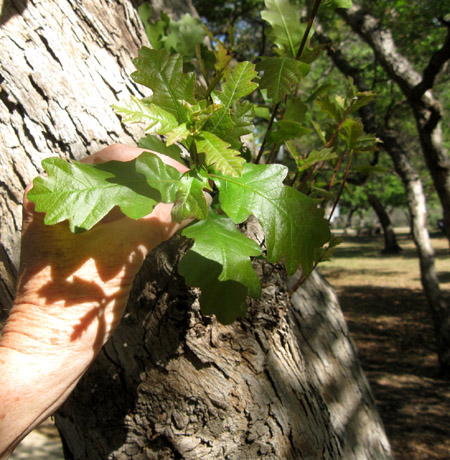
“We stayed at the Llano River State Park in Texas where I spotted this weird growth pattern of a gnarly oak–it’s like a puddle of trunk from which the main trunk arises. The camp host, who seemed to be well informed, said that these were Spanish oaks in the white oak division and that a root disease causes the expansion of the base of the trees. About 1/4 of them, here in the camping area, have this malady and often new sprouts grow from the wide base. Spanish oak does not seem to be the “correct” common name, and in looking at the native oaks for Texas, I couldn’t readily identify it. So a mystery or two…”
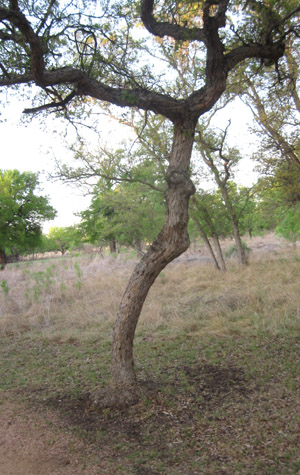

So what kind of oak is this, and why does it have this weird trunk base?
Ginny has an update, and I’ll post it on Monday.
